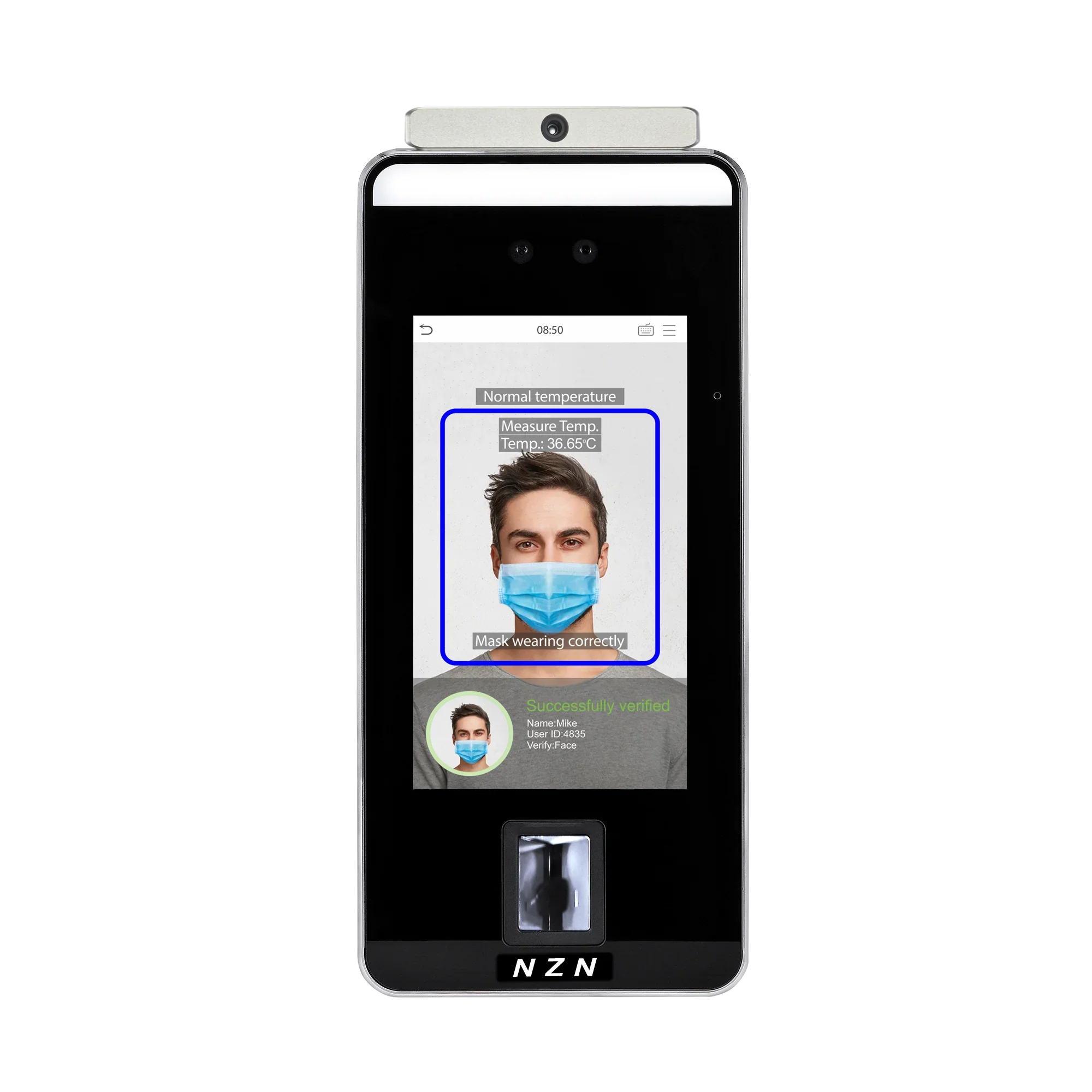
Article Detail
The Modern Application of Biometric Face Recognition
As technology begins to develop and become more advanced than ever before, biometric facial recognition is revolutionizing several markets. In the past, we would unlock doors with a key, but today we can do this with our faces, fascinating right? We can now complete several daily tasks simply by using our face. These include verifying payments, opening doors, granting security access and enhancing security systems. This new level of security allows us to protect both our physical and digital possessions on a whole new level- benefiting society as a whole. As innovation continues to occur within the niche, facial biometrics are being applied to new industries changing the way in which we complete designs, construction, enforce the law and it's now impacting the healthcare industry too. So how is biometric face recognition impacting each of these sectors? What are the potential uses for it in the future?
- Making Payments
The industry of online shopping is at an all-time high. Its growth has further increased during the Corona virus pandemic, in which more shoppers are buying online now than ever before. This is where easy payments are required. The support for both contact less card payments and seamless online shopping is now greater than ever and as a result, digital payments must keep up with this trend. Biometric face recognition can now be used on the majority of banking apps and is also used by MasterCard who launched a selfie pay app in 2016. Customers can now use facial recognition to confirm a payment, rather than having to enter their details every single time. Not only is this convenient the consumer, but it also allows businesses to significantly improve their overall customer journey.
- Security and Access
In the past security advanced from keys and locks to pass-codes and electronics. Now, it’s advancing to facial biometrics both in the workplace and throughout our personal lives. Most modern devices including Apple, Samsung, and Xiaomi Corp all make use of facial recognition technology on their device. However, this is just the tip of the iceberg in regard to how far this technology can go. The technology enables consumers to use their faces to enter their home and workplace as biometric time attendance is already being used in several workplaces. This technology is so promising that Jaguar is already going through the process of utilizing facial recognition technology. Innovative facial security is also being implemented in organizations such as banks, data companies, and security companies to keep full surveillance on who enters their facilities and at what time.
- Policing and Criminal Identification
As biometric face recognition is being used to keep individuals out of high-security facilities, it is also going to be used for getting them back inside. Now, the US Federal Bureau of Investigation is using a machine learning algorithm that has been designed to identify suspects using their driver’s licenses. This innovative form of policing makes sure that the people aren’t going away for crimes they committed. The FBI is currently using a huge database for this project, which is estimated to include half of the national population’s faces. Though this may appear slightly daunting at first, it will allow the police to make sure that dangerous individuals remain off the street. On the other hand, China has built a vast network of surveillance cameras with facial recognition technology across the country. This is part of an effort to monitor millions of ethnic minorities in the name of national security.
- Advertising Purposes
Facebook, Instagram, and Google have allowed companies and governments to collate masses of personal data, which has since been used by advertisers to engage with their target market. It is likely that in the future, biometric facial recognition will do the same. It will allow companies to advertise to particular demographics such as a female between 20-30, or an ad could appear on the screen based on the demographic of the individual. In the UK, Tesco has planned to install OptimEyes screens at 450 petrol stations to provide customers with a personalized experience. It is believed that by using facial recognition, the company can revolutionize the ways in which the retail market operates.
- Healthcare Industry
Biometric face recognition has the potential to make a huge impact on the medical industry. As technology becomes more advanced, it could be used to identify the illness of a patient without putting a doctor or nurse at risk. This would help to significantly reduce the waiting time on doctors and medical centers and would also reduce waiting lists. However, it’s important that this technology is applied in the right way. After all, nobody wants to find out they have a serious illness from a screen. Facial biometrics could also be used in the medical field to unlock patient data. This is particularly useful for patients who would struggle to remember a username or password each time they enter a hospital.
The Future of Biometrics
Although it is impossible to predict the future, we can certainly look at the ways in which past technologies have changed industries. By 2025, it is estimated that the biometrics industry will be worth a massive $15 billion. The technology is already being used in several industries however it’s likely that it’s only getting started. What’s important is that this technology remains secure. Any security failures could result in many individuals choosing to opt-out of the technology, being reluctant to use devices that utilize biometrics. However, at the moment, it would appear that this new technology is having a great impact on several industries. It’s encouraging a seamless experience for customers, allowing them to enjoy payments and possessions without hassle.



